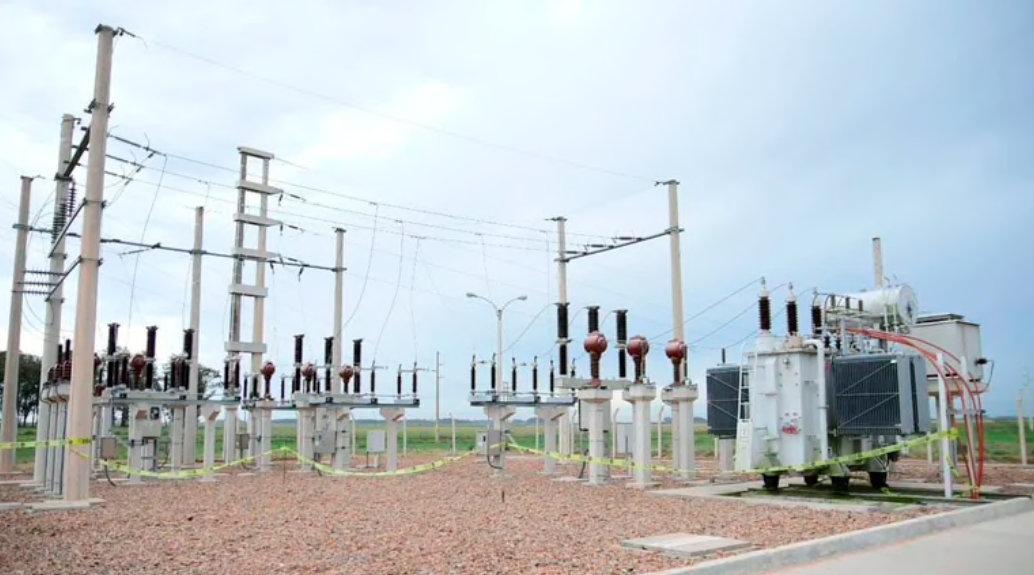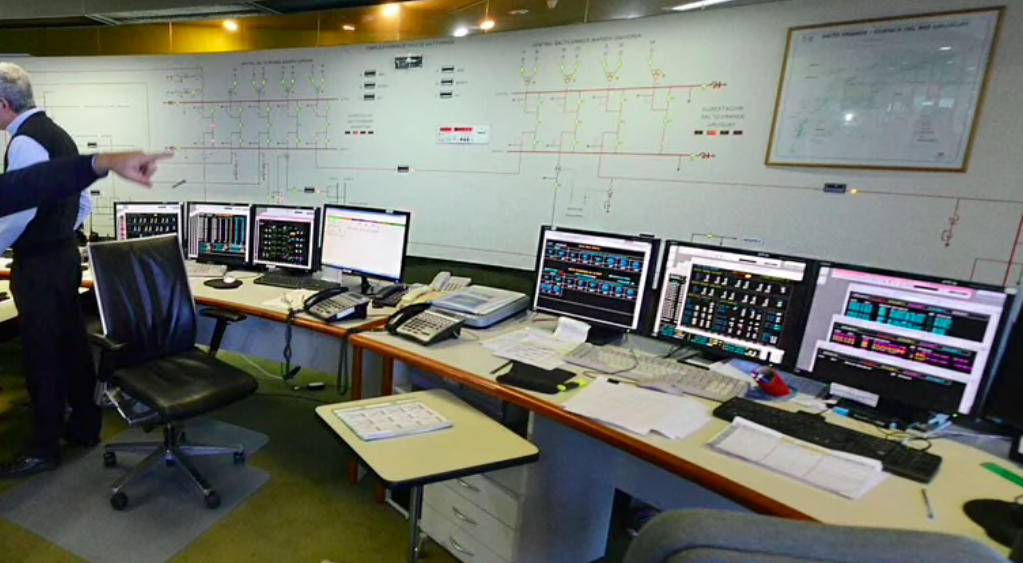Uruguay exported some US$130 million in electricity in the first seven months of the year, of which US$120 million went to Argentina and US$10 million to Brazil.
According to data accessed by Montevideo Portal, in 2016 US$63 million in electricity were sold to Argentina; in 2017 US$16 million; in 2018 US$3 million; in 2019 US$52 million; in 2020 US$21 million and in 2021 US$90 million.
Read also: Check out our coverage on Uruguay
During the first seven months of 2022, electricity has already been sold to Argentina for an approximate value of US$120 million. The month of greatest sales was July, reaching an export amount of US$60 million.

This situation occurs after the historical record in sales abroad was broken in 2021 by the National Administration of Power Plants and Transmissions (UTE), boosted by Brazilian demand after a great drought that affected for several months. In total, US$537 million dollars were exported: 78% went to Brazil and 22% to Argentina.
That same year, UTE had a surplus of US$270 million that was unlinked in US$200 million derived from general income.
This year the situation is different for Brazil, which only had to buy US$10 million in electricity during the month of January due to droughts. The figure exported to the northern country so far this year is very low when compared to the US$437 million exported in 2021.

The president of the UTE, Silvia Emaldi, valued in dialogue with Montevideo Portal the existing integration in the electrical system between Brazil, Argentina and Uruguay, through which Brazil is being able to export electrical energy to Argentina through Uruguay.
This transfer is possible thanks to the Melo converter, which allows the export of electrical energy between Uruguay and Brazil despite the fact that they operate in different frequencies (50 and 60 Hz, respectively).
“In emergency or crisis situations we support each other. In this case, the one with a deficit now is Argentina and Brazil is exporting around 1,000 megawatts per day to it,” she pointed out.
According to Emaldi, the minimum sale price is US$80 per megawatt, although the annual average was US$141 per megawatt. Meanwhile, when the energy is wind, solar or hydraulic, its value drops; when the source is thermal it rises to US$290 per megawatt.
“In summer, with the heat wave, the drought practically lasted until April of this year. Brazil had a more extreme drought than Uruguay, but there was also one here. Salto Grande (hydroelectric dam) did not produce much and the Río Negro was at its minimum value. That led to us having practically the entire thermal park turned on for Uruguay and Brazil”, Emaldi told Montevideo Portal.
In this sense, until July of this year, UTE spent US$300 million on fuel to generate energy: 15% through thermal sources and 85% through renewables.

